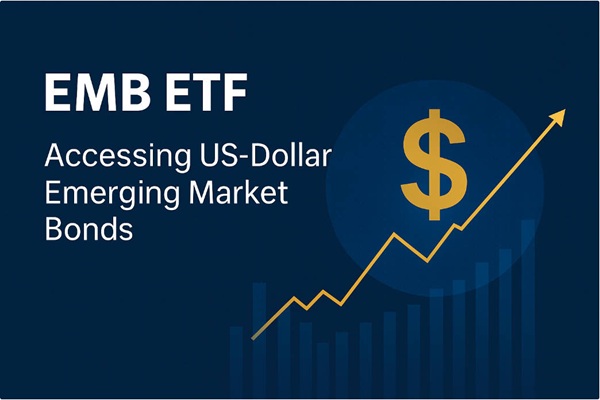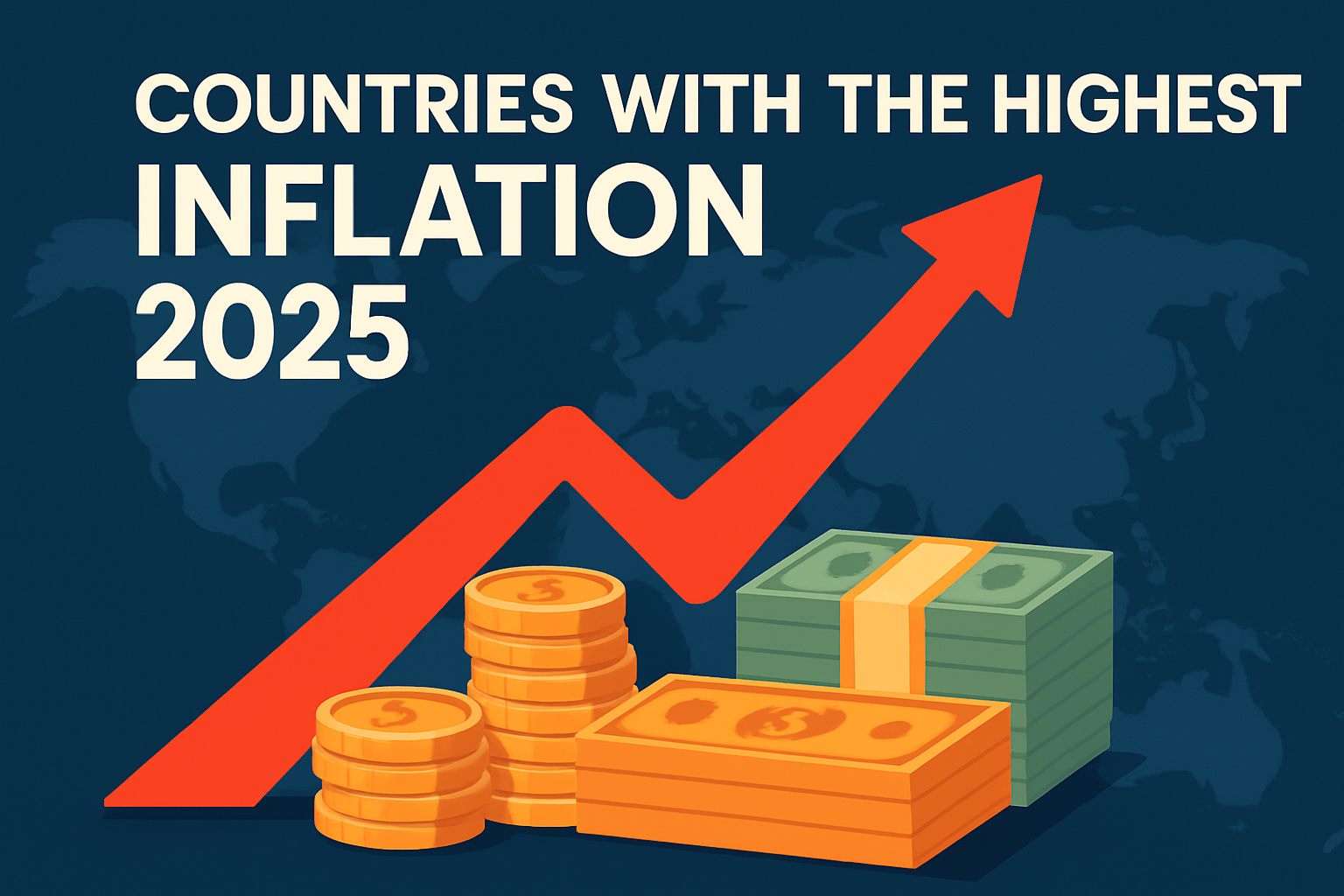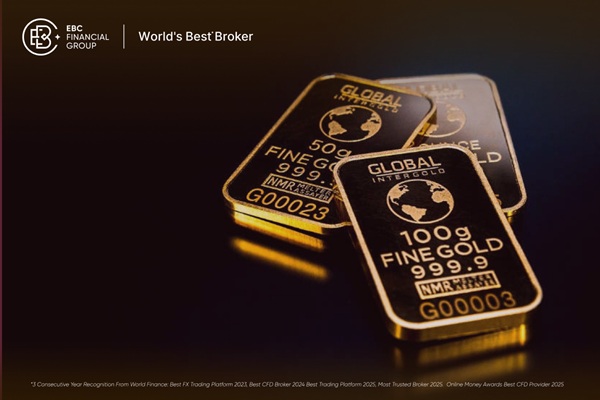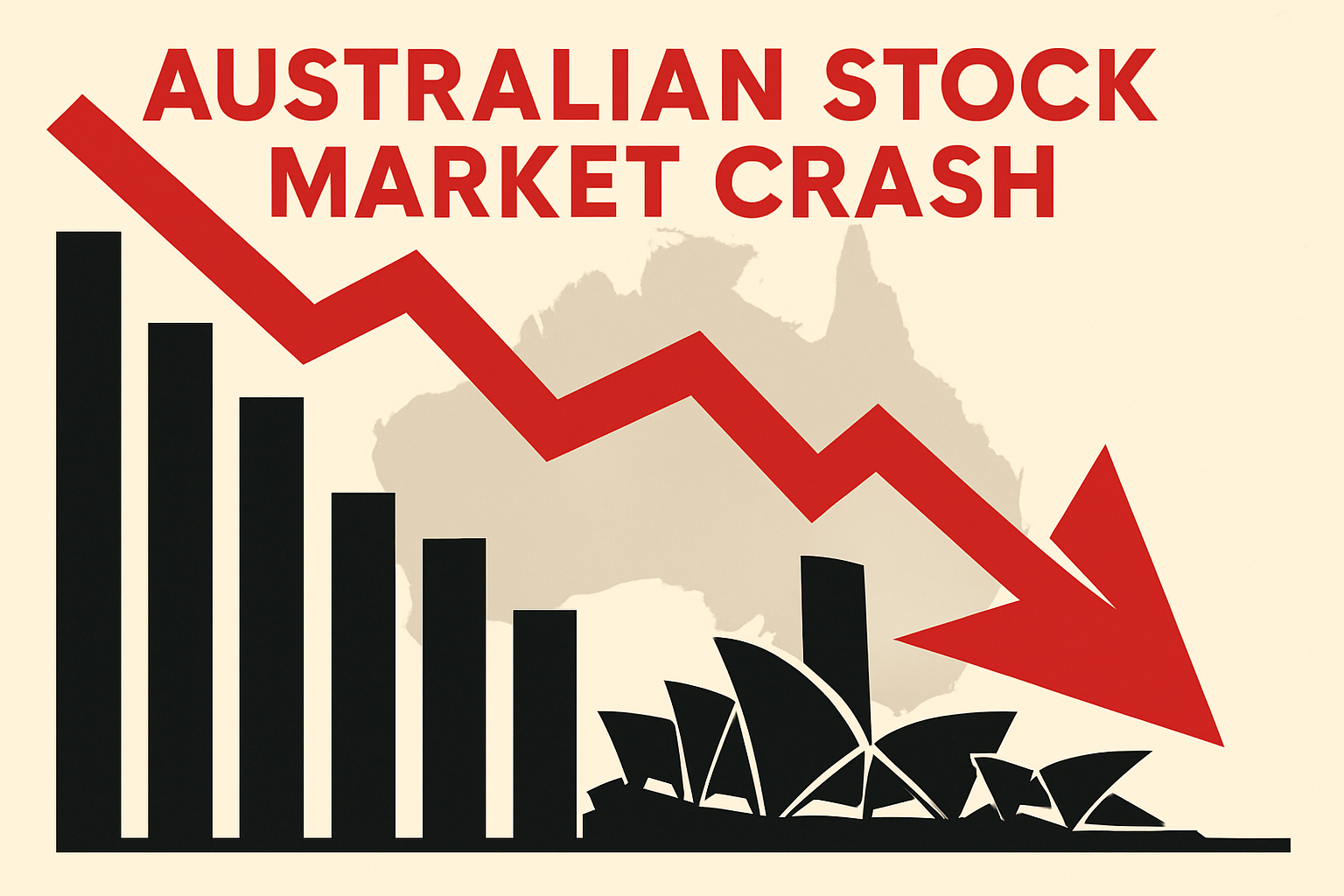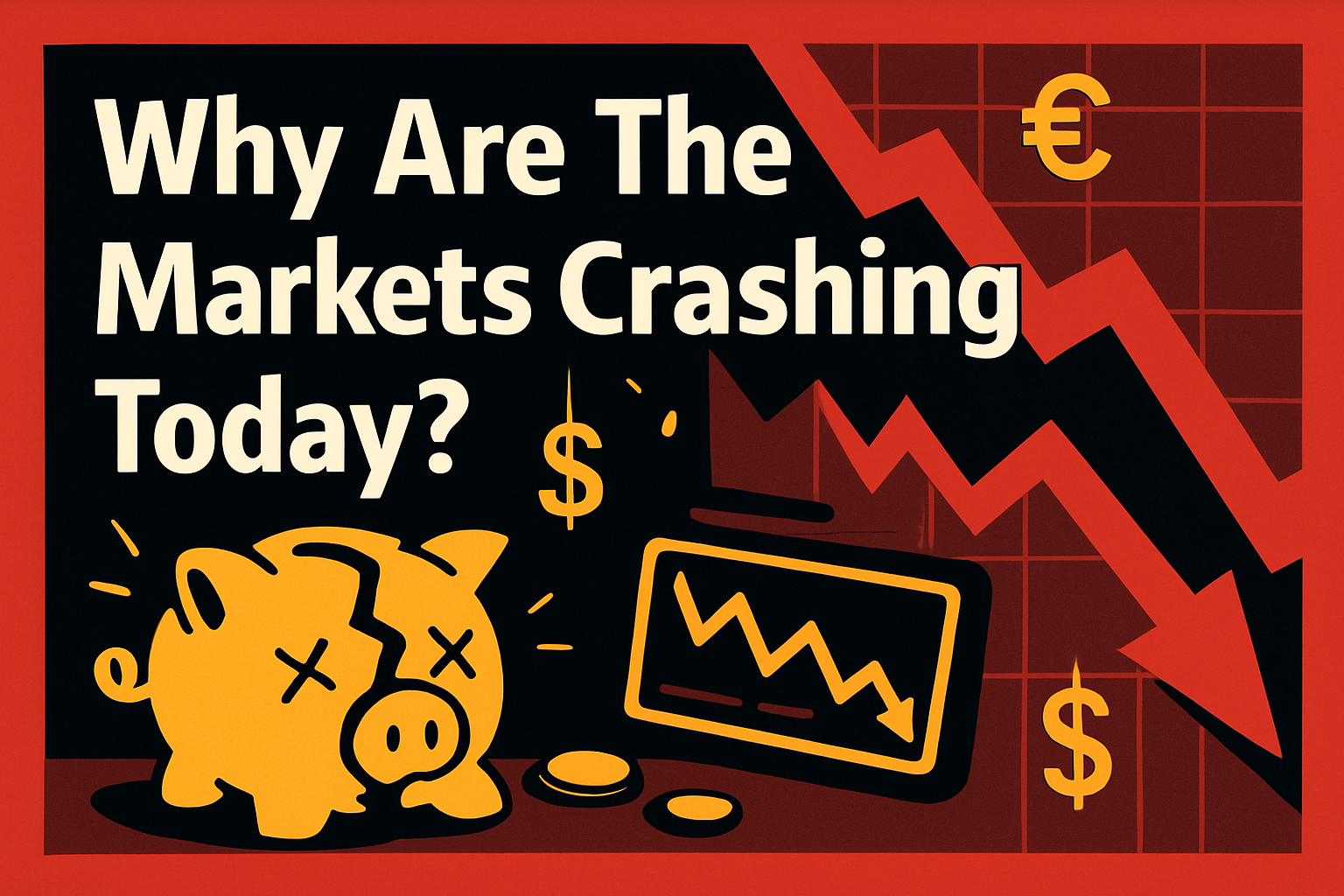Multi-currency countries are places where more than one currency is accepted in everyday transactions, either officially as legal tender or unofficially through habit, tourism, or economic necessity.
Understanding where and how this happens can help you both travel cheaper and think more clearly about foreign exchange.
A Simple Framework: Three “Layers” Of Multi-Currency Use
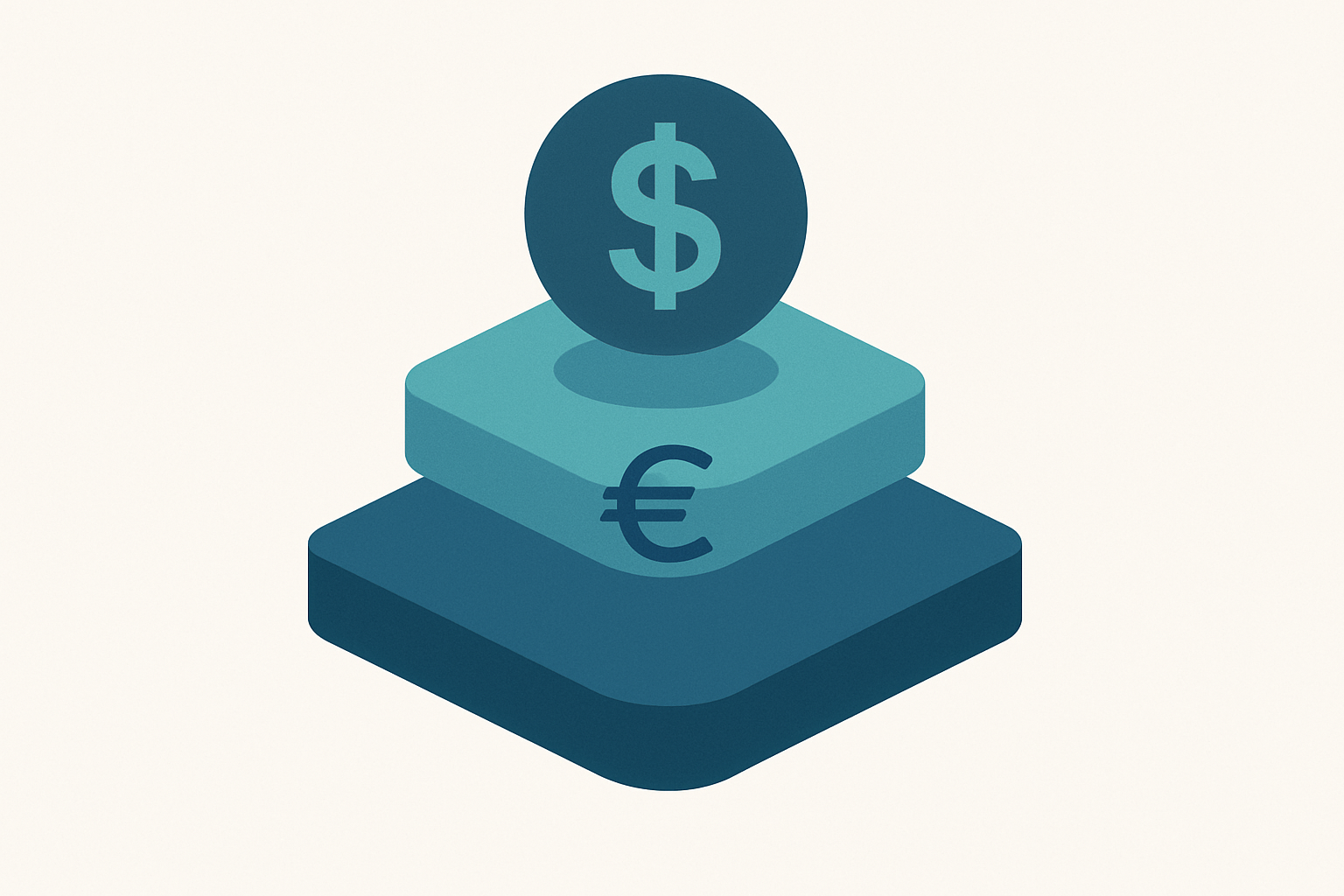
To keep things simple, think of multi-currency countries in three layers:
1. Official foreign-currency users
Countries or territories that have adopted a foreign currency (often the US dollar or euro) as legal tender, sometimes alongside a local unit.
2. Local currency plus a strong second currency
Economies where the local currency is official, but another currency such as USD is widely used for pricing, savings or larger payments.
3. Tourist-focused dual pricing
Destinations where hotels, tours and resorts quote in USD or euros, but daily life still runs mainly on the local currency.
Layer 1: Countries That Officially Use The US Dollar Or Euro
Official and semi-official US dollar users
Recent EBC analysis suggests that at least 35 jurisdictions worldwide use the US dollar in an official or semi-official way when you include small territories and dependencies.
Typical examples include:
1. Ecuador, El Salvador and Panama
The US dollar is an official legal tender. You withdraw USD from ATMs, and everyday prices are shown in dollars. In Panama, the balboa exists as a local accounting unit and in coins, but notes are USD.
2. Timor-Leste, Palau, Micronesia, Marshall Islands
Pacific states that use the US dollar as their primary currency, simplifying trade and tourism.
3. Zimbabwe’s complex multi-currency story
Zimbabwe has moved through hyperinflation, dollarization and new local currencies. In 2024 it introduced a gold-backed currency, the ZiG, but USD is still widely used in practice and many residents prefer it after years of volatility.
What this means:
If a country is fully or partly dollarized:
1. ATMs often dispense USD.
-
Large purchases (rent, cars, tuition, some taxes) may be quoted in USD.
FX risk for a USD-based traveler is lower, but local prices can still be high if the economy is expensive.
2. Euro used outside the formal eurozone
-
The euro is not just for EU euro-area members. Official EU guidance notes that four European microstates use the euro as their national currency by agreement: Andorra, Monaco, San Marino and Vatican City.
In addition, Kosovo and Montenegro have unilaterally adopted the euro as their main currency, even though they are not eurozone members.
For travelers, these places work very similarly to eurozone countries: you pay in euros, cash and card are widely accepted, and FX risk is mostly between your home currency and EUR, not a local third currency.
Layer 2: Local Currency Plus USD As An Everyday Second Currency
A second group of countries keep their own currency but also see widespread use of the US dollar alongside it.
Examples of “dual feel” economies
1. Cambodia
While Cambodia’s official currency is the Riel, US dollars dominate many transactions in practice. Hotels, tours, and restaurants often quote prices in USD, whereas small purchases and change are usually in Riel. The exchange rate typically ranges between 4,000 and 4,200 Riel per USD.
2. Liberia and Lebanon
Both have local currencies, but USD is widely used and often preferred for many payments, especially where there has been local currency instability.
3. Mexico (tourist and border areas)
Mexico’s official currency is the Peso. In border towns, major cities, and resort areas, some businesses quote prices in USD or accept USD cash. However, this is not universal, and paying in Pesos generally provides better value.
4. Caribbean and Central American destinations
In the Bahamas, the Bahamian Dollar is pegged 1:1 to the USD, and US cash is widely accepted. In countries like Belize and Costa Rica, tourist-facing businesses may accept USD, while daily life primarily operates in the local currency.
Visitors often encounter menus, bills, and rental contracts showing both currencies, giving a “multi-currency” feel.
Trader insight:
Widespread USD usage is a signal of trust in the dollar relative to the local currency. It can reflect past inflation, weak monetary credibility, or simple convenience in tourism and trade.
For a beginner FX trader, these are real-world examples of why demand for a “reserve currency” matters.
Layer 3: Tourist Destinations With Dual Pricing In Practice
The third layer is destinations where tourist sectors often quote and accept foreign currencies, even though the local currency remains dominant and is usually cheaper.
Examples Of Multi-Currency Situations
| Country / Territory |
Main “Feel” for Travelers |
Currencies You Are Likely to See in Use* |
| Ecuador, El Salvador |
Fully dollarized |
USD only for notes; local coins or units in some cases |
| Panama |
USD notes plus local coins |
USD + Panamanian balboa coins |
| Timor-Leste, Palau, etc. |
USD as official currency |
USD |
| Zimbabwe |
Gold-backed ZiG plus heavy use of USD |
ZiG + USD and other foreign currencies |
| Andorra, Monaco, etc. |
Non-EU states using euro officially |
EUR |
| Kosovo, Montenegro |
Euro adopted without formal eurozone membership |
EUR |
| Cambodia |
Dual usage in daily life |
Cambodian riel + USD |
| Liberia, Lebanon |
Local currency but strong parallel USD usage |
Local currency + USD |
| Bahamas, Belize, Costa Rica |
Tourist sectors comfortable with USD |
Local currency + USD |
| Turkey, Egypt |
Local currency dominates, foreign cash accepted in tourist hubs |
TRY or EGP + some EUR/USD |
*Acceptance can vary by city, sector and over time. Always check locally.
1. Turkey
-
Official currency: Turkish lira (TRY), used for everyday life across the country.
-
In popular tourist hotspots, some hotels, shops and tour operators display prices in euros or even dollars, and may accept those currencies directly.
However, using lira is generally more common and tends to provide better value overall.
2. Egypt
-
Official currency: Egyptian pound (EGP).
-
In major tourist resorts such as Sharm El Sheikh, US dollars and euros are widely accepted at hotels and tourist shops, although Egyptian pounds are still preferred for most local spending and tipping.
In these destinations, you may see several currencies mentioned at once: local currency, USD and euros. But card terminals, ATMs and local markets still revolve around the national currency.
How To Decide What To Pay With: Local Currency, USD/Euro, Or Card?
Here is a simple decision path you can use in any multi-currency country:
1. Check which currency prices are actually set in
If a hotel or tour operator sets prices in USD or EUR, paying in that currency can avoid a hidden “tourist rate” mark-up.
If local prices are simply “converted” to USD for your convenience, local currency is often cheaper.
2. Use local currency for small, frequent purchases
Street food, buses, local shops and tips are almost always better in local money.
In many places, paying small amounts in USD leads to bad informal exchange rates or change given in a weaker currency.
3. Avoid dynamic currency conversion (DCC)
When a card terminal offers to “charge you in your home currency”, say no.
Choose to pay in local currency instead and let your bank or card issuer handle the FX rate. This is usually cheaper than the DCC rate embedded at the terminal.
4. Know your card’s FX fees
A card with 0 percent foreign transaction fees plus ATM access is ideal for multi-currency travel.
If your card charges a high FX markup, you may prefer to withdraw local cash in fewer, larger amounts rather than pay by card everywhere.
5. Carry a small emergency float in USD or EUR
In many multi-currency or high-inflation economies, smaller USD or euro notes can help in emergencies if ATMs fail or local currency is volatile.
Treat this as backup only, not your main payment method.
Quick FX Checklist Before Visiting A Multi-Currency Country
Before you fly, run through this simple checklist:
Look up whether your destination has official dollarization, dual usage, or just tourist dual pricing.
Check recent guidance from the local central bank or government about legal tender and cash rules.
Confirm your card’s FX fee, ATM fee and daily withdrawal limits.
Plan roughly how much you will keep in local currency, and how much in USD or EUR as a backup.
Make sure you have at least one spare card or payment method in case one fails.
This is the same disciplined thinking that helps beginner traders to understand which currency really drives prices, where the hidden costs are, and where the strongest demand lies.
Frequently Asked Questions (FAQs)
1. How can I tell if a country is officially dollarized or just tourist-friendly to USD/EUR?
If salaries, taxes, and bills are in USD/EUR, it’s official. If only hotels and tours use it, it’s tourist-focused.
2. Should I carry mostly local currency or mostly USD/EUR to a multi-currency country?
Carry local currency for daily expenses; keep a smaller amount of USD/EUR for emergencies or higher-value payments.
3. If a bill shows two currencies, which one should I pay in?
Pay in the currency the price is originally set in. Local currency is usually cheaper; USD/EUR is for convenience.
4. Is it safe to rely mainly on ATMs in multi-currency countries?
Yes, but use ATMs at major banks during business hours and keep backup cash in a strong currency.
5. What if a shop or taxi offers a bad rate when I pay in foreign cash?
Check the live rate on your phone; if it’s poor, pay in local currency or use a card in local currency.
6. Do multi-currency countries automatically mean better forex trading opportunities?
No. Real-world use shows currency demand, but trading depends on fundamentals, liquidity, and risk management.
Final Thoughts
Multi-currency countries are more than a quirky travel detail. They are the visible result of deeper forces: the search for stability, trust in reserve currencies, tourism flows and the credibility of local monetary policy.
For a beginner trader, paying attention to where people choose to hold and spend their money is a powerful education.
For a traveler, understanding these layers helps you avoid bad exchange rates, choose the right currency at checkout, and keep more of your budget for the experiences that matter.
Disclaimer: This material is for general information purposes only and is not intended as (and should not be considered to be) financial, investment or other advice on which reliance should be placed. No opinion given in the material constitutes a recommendation by EBC or the author that any particular investment, security, transaction or investment strategy is suitable for any specific person.








